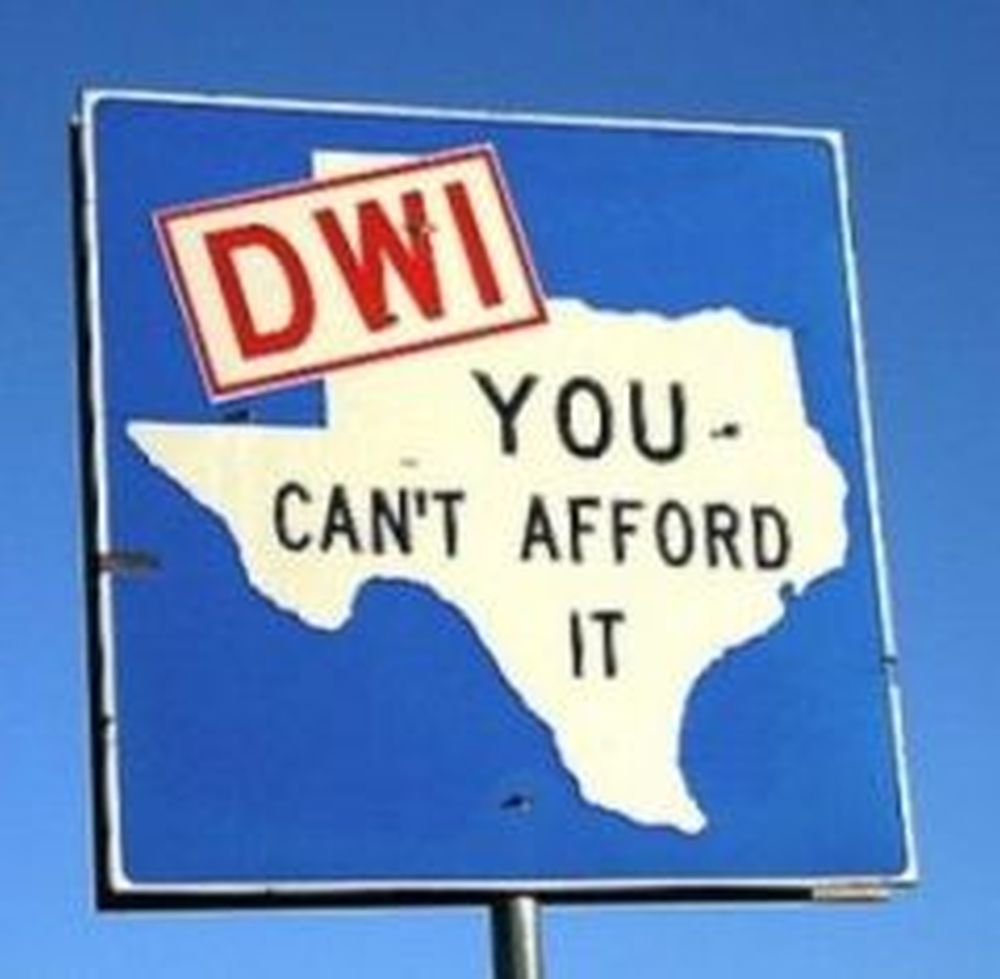Imagine you file a claim after an accident with an uninsured driver, and your insurer raises your premiums by over 9%. This increase stems from the risk assessment insurers conduct when you utilize uninsured motorist coverage. They evaluate your driving history, claim frequency, and location to determine your risk profile. Understanding how these factors intertwine can shed light on why your premiums may rise unexpectedly. What does this mean for your overall insurance costs?
When you're involved in an accident with an uninsured driver, the financial consequences can be considerable, making uninsured motorist coverage a vital aspect of your auto insurance policy. This coverage is designed to protect you against costs stemming from accidents with drivers who lack insurance, including hit-and-run incidents. Many states require this coverage, while in others, it's an optional add-on. Regardless, understanding how uninsured motorist coverage impacts your premiums is important for financial planning and risk management.
Insurance companies assess the potential costs of claims when determining premiums. If you file a claim under your uninsured motorist coverage, you may see your rates increase. On average, premiums can rise by about 9.32% after such claims. However, this increase can vary greatly based on your location, the insurance provider, and your claims history.
Insurance companies factor in potential claims costs when setting premiums, with rates often increasing by an average of 9.32% after filing for uninsured motorist coverage.
For instance, California has laws that prohibit insurers from raising premiums following claims for uninsured motorist coverage. In contrast, some companies like State Farm may offer policies that don't increase rates for these specific claims. This variability means you should review your insurer's policies closely. Roughly 10% of California motorists lack auto insurance, which underscores the importance of having adequate coverage in place.
Several factors influence how much your premiums may increase. Insurance companies evaluate your risk profile, which includes your driving record, the frequency of claims, and the type of vehicle you drive. A clean driving record can mitigate potential rate hikes, while multiple claims in a short period can lead to higher premiums.
Additionally, your vehicle usage patterns can impact your risk assessment. If you frequently drive in high-risk areas or have a vehicle that's deemed more prone to theft or accidents, you might face higher premiums.
The cost of uninsured motorist coverage itself can vary widely based on state requirements and insurance company offerings. In Florida, for example, you might pay around $136 annually for this coverage, but prices can differ based on the limits you choose and the insurer's pricing structure.
When selecting coverage limits, it's important to balance the protection you need with your budget. In some states, the coverage limits must align with or exceed your bodily injury liability insurance limits, further complicating the decision-making process.
State-specific requirements also play a pivotal role in how uninsured motorist coverage impacts premiums. About half of U.S. states mandate this coverage, particularly in areas with higher rates of uninsured drivers.
For instance, Washington, D.C., has one of the highest proportions of uninsured drivers, while Wyoming boasts the lowest. These differences can influence not only the necessity of the coverage but also its cost, making it vital to evaluate your state's regulations when reviewing your insurance options.
Conclusion
To summarize, uninsured motorist coverage greatly impacts your premiums because it reflects the insurer's assessment of risk. By understanding this connection, you can make informed decisions about your coverage needs. After all, isn't it better to invest in protection now than to face the financial consequences of an accident later? As you weigh your options, remember that every claim can raise your rates, so choose wisely for both peace of mind and financial stability.

